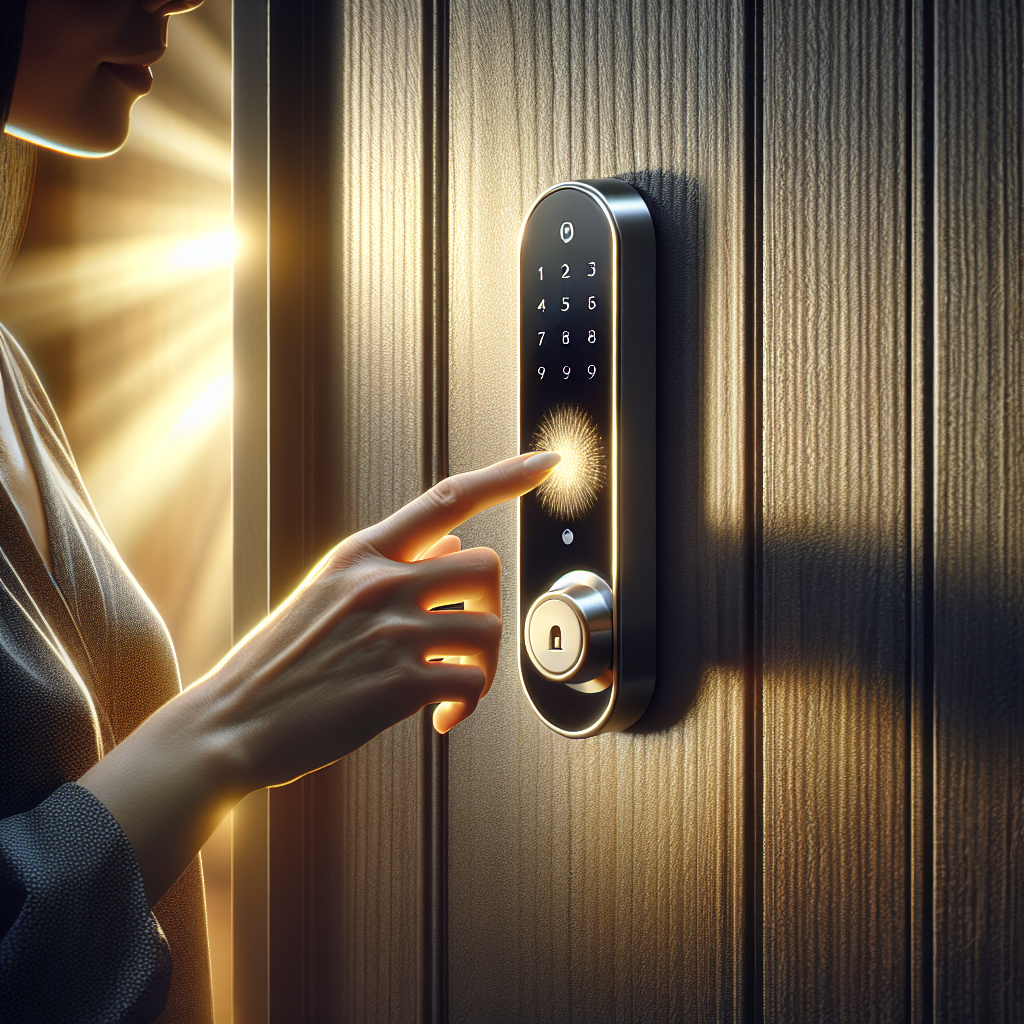It’s a familiar feeling for anyone who loves tinkering with tech.
You’ve got the new gear, the rack to put it in, and a free afternoon. You’re ready to finally get that server, switch, or patch panel mounted and tidy up your setup. You slide the equipment into the rack, line up the holes, and reach for a screw.
And it doesn’t fit.
Maybe it’s too big. Maybe it’s too small and just spins in the hole. Suddenly, your whole project grinds to a halt, all because of a tiny piece of metal. I’ve been there. It’s the kind of roadblock that’s more than a little frustrating. You have this heavy, expensive piece of equipment and you’re stuck on step one.
So, let’s talk about rack screws. What size do you actually need?
The Short Answer You’re Probably Looking For
For most modern server racks with square holes—like the HP one that inspired this post, or anything from Dell, APC, or a dozen other brands—you almost certainly need M6 cage nuts and screws.
That’s it. That’s the magic formula.
But wait, what’s a cage nut? If you’ve only ever dealt with pre-threaded holes, this is a key piece of the puzzle. A cage nut is a little square nut with spring steel wings on it. You simply squeeze the wings and pop it into the square hole on your rack rail from the back. It clicks into place, and now you have a threaded M6 hole right where you need it. You then mount your equipment by driving an M6 screw into it from the front.
This system is brilliant because if you ever strip a thread, you don’t have to re-tap the hole or replace the whole rack. You just pop out the old cage nut and snap in a new one.
But What If It’s Not M6? The Rack Screw Decoder
While M6 is the king of the modern data center (and home lab), you might run into a couple of other standards, especially with older or US-made equipment.
Here’s the full lineup:
- M6: This is the metric standard. It has a thread diameter of 6mm. As we said, it’s used with cage nuts in square-hole racks. If your rack has unthreaded square holes, this is your guy.
- 10-32: This is a common standard in the US, especially for racks with pre-threaded round holes. The “10” refers to the size and the “32” refers to the thread count. These are a bit thinner than M6 screws. If you try to put a 10-32 screw in an M6 cage nut, it will feel very loose.
- 12-24: This is an older, beefier standard, also typically used in pre-threaded racks. It’s less common now, but you’ll still find it in the wild. These screws are visibly thicker than 10-32 screws.
So how can you tell for sure?
- Check the Holes: Are they square or round? If they’re square, you need cage nuts, which almost always means you need M6 screws. If they’re round, they are pre-threaded, so you likely need 10-32 or 12-24 screws.
- The Eyeball Test: If you have a few screws lying around, a 12-24 is noticeably thicker than a 10-32. The M6 is very close in size to the 10-32, but the threading is different (metric vs. imperial).
- The Wiggle Test: Try threading the screw with your fingers. Never force it. If a screw feels loose or won’t engage, it’s the wrong one. A 10-32 screw will feel sloppy inside an M6 nut, and you risk damaging the threads if you try to tighten it.
My Pro Tip: Just Buy a Kit
If you’re just starting a home lab or find yourself racking gear more than once a year, do yourself a huge favor: buy a rack screw and cage nut kit. For a small investment, you can get a container with a hundred M6 cage nuts and the matching screws.
Toss it in a drawer. The next time you get a new piece of gear that doesn’t come with its own hardware (and it happens more often than you’d think), you won’t have to stop. You can just grab a handful and get the job done.
It turns a moment of potential frustration into a non-issue. And that, more than anything, is what a smooth project is all about. Happy racking.

